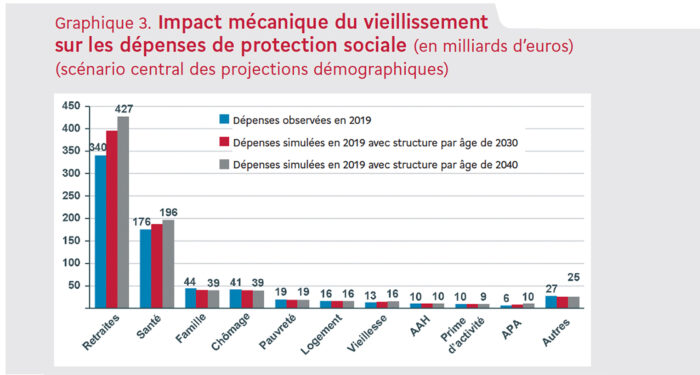The United States, like European countries, faces a rapid aging of its population, particularly after 2010 when the baby boomers (1946-1964) reach the age of 65. The aging process will be all the more pronounced because of increase life expectancy.
As in Europe, this phenomenon has aroused concerns for the future of pensions. Basic U.S. pensions (Federal Old Age Pension, Federal Social Assistance for the Disabled, and Welfare for Elderly Indigents – Social Security Insurance), are based upon the principle of redistribution. These are supplemented, for a more restricted number of individuals, by company pensions and by individual retirement saving plans.
Following a re-examination of demographic trends in the United States, Daniel Béland, describes the organization of its pension system and the impact that the foreseeable aging could have. Finally, he reviews the reforms contemplated as a consequence and the polemics employed by the proponents and the adversaries of redistribution.
L'avenir des retraites aux États-Unis
Cet article fait partie de la revue Futuribles n° 244, juil.-août 1999

